(1).webp)
Table of Contents
Treadmill walking for weight loss is more than just a gentle workout — it’s a low-impact, highly effective way to burn calories and improve fitness. Whether you’re using a standard model or a space-saving under-desk treadmill, by adjusting pace, incline, and workout structure, you can create sessions that maximize fat burn while building endurance.
This guide offers beginner-to-advanced routines, proven incline and interval variations, and practical tips to help you stay consistent, boost calorie burn, and achieve lasting results without the strain of high-impact exercises.
How Treadmill Walking Helps With Weight Loss
- Calorie burn basics:
Treadmill walking for weight loss burns calories by getting your body moving at a pace that raises your heart rate. The faster and longer you walk, the more energy you expend, helping you create a calorie deficit — the cornerstone of weight loss.
- Metabolism & fat burn:
Steady-state walking keeps you in the aerobic zone, which your body often prefers for fat as fuel. Interval walking, where you alternate high and low effort, can raise your heart rate more and boost your post-workout calorie burn.
- Sustainability factor:
Unlike high-impact workouts, treadmill walking for weight loss is gentle on the joints, making it a routine you can stick to for months or years — which is the real secret to lasting results. This long-term adherence is one of the key benefits of walking on a treadmill, helping you achieve and maintain results over time.
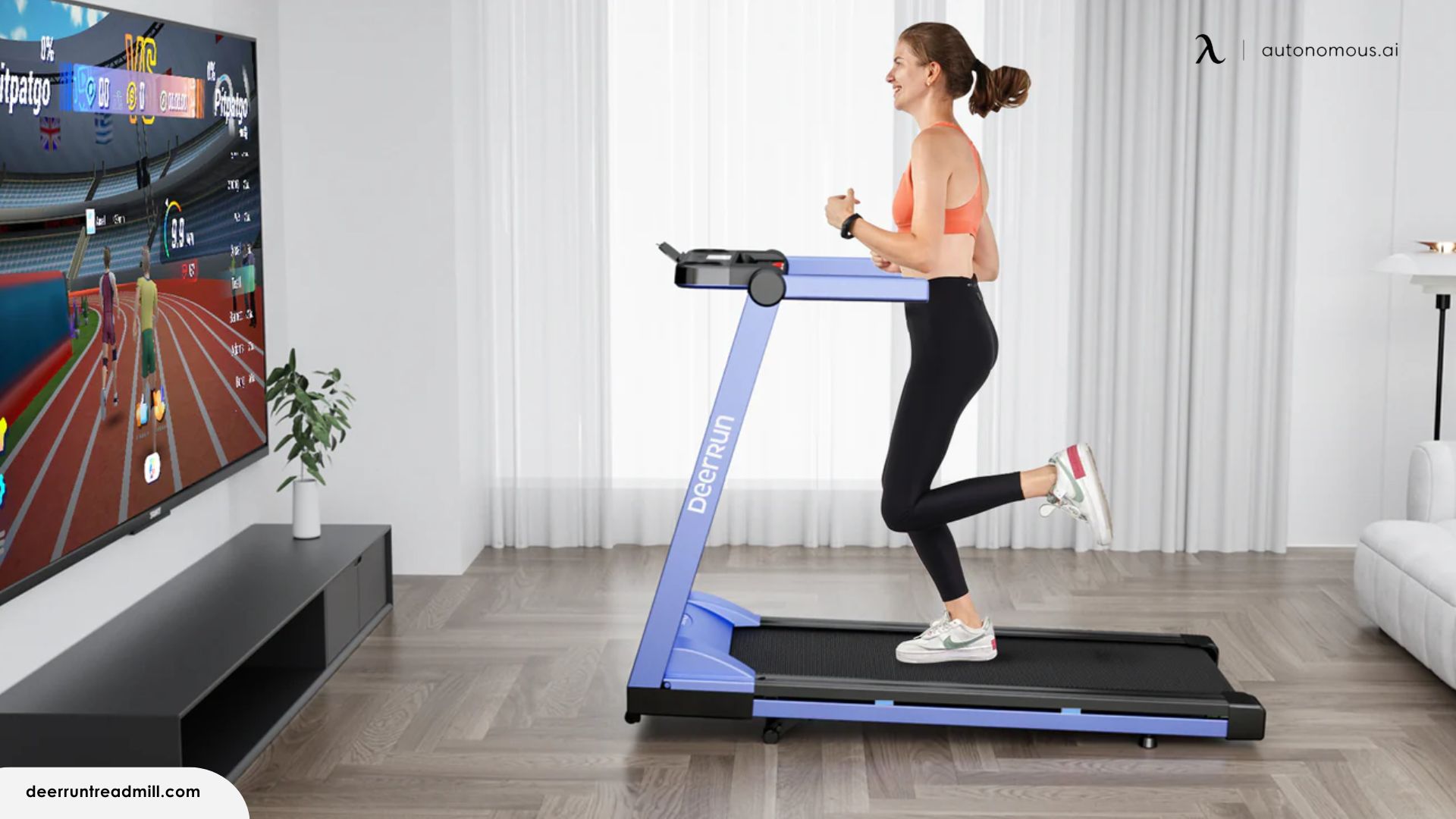
Treadmill Walking vs. Other Cardio Methods
Before getting into the workout plans, it’s worth seeing why treadmill walking for weight loss can be more effective for sustainable weight loss than other forms of cardio.
When looking at comparisons like the Stairmaster vs Treadmill or the Treadmill vs. Elliptical vs. Bike, it becomes clear how each machine targets different muscle groups and impacts overall energy expenditure, which can help you make informed choices for your fitness journey.
Calorie Burn Comparison (150-pound person, 30 minutes):
- Treadmill walking (12% incline, 3 mph): 298 calories
- Running (6 mph): 372 calories
- Cycling (moderate): 252 calories
- Elliptical: 324 calories
While calories burned running may be higher per session, the sustainability factor changes everything. Studies show that 90% of people can maintain a daily walking routine for 6+ months, compared to only 23% who stick with running programs.
Long-term Success Rates:
- Treadmill walking programs: 78% adherence at 12 months
- High-intensity running: 31% adherence at 12 months
- Cycling programs: 45% adherence at 12 months
These numbers show why treadmill walking for weight loss isn’t just effective in the short term — it’s one of the most realistic and maintainable approaches for steady, lasting fat loss.
To get the best results, it’s essential to understand the different types of treadmills available, as this knowledge can help you choose the right model to support a consistent walking routine over the long haul.
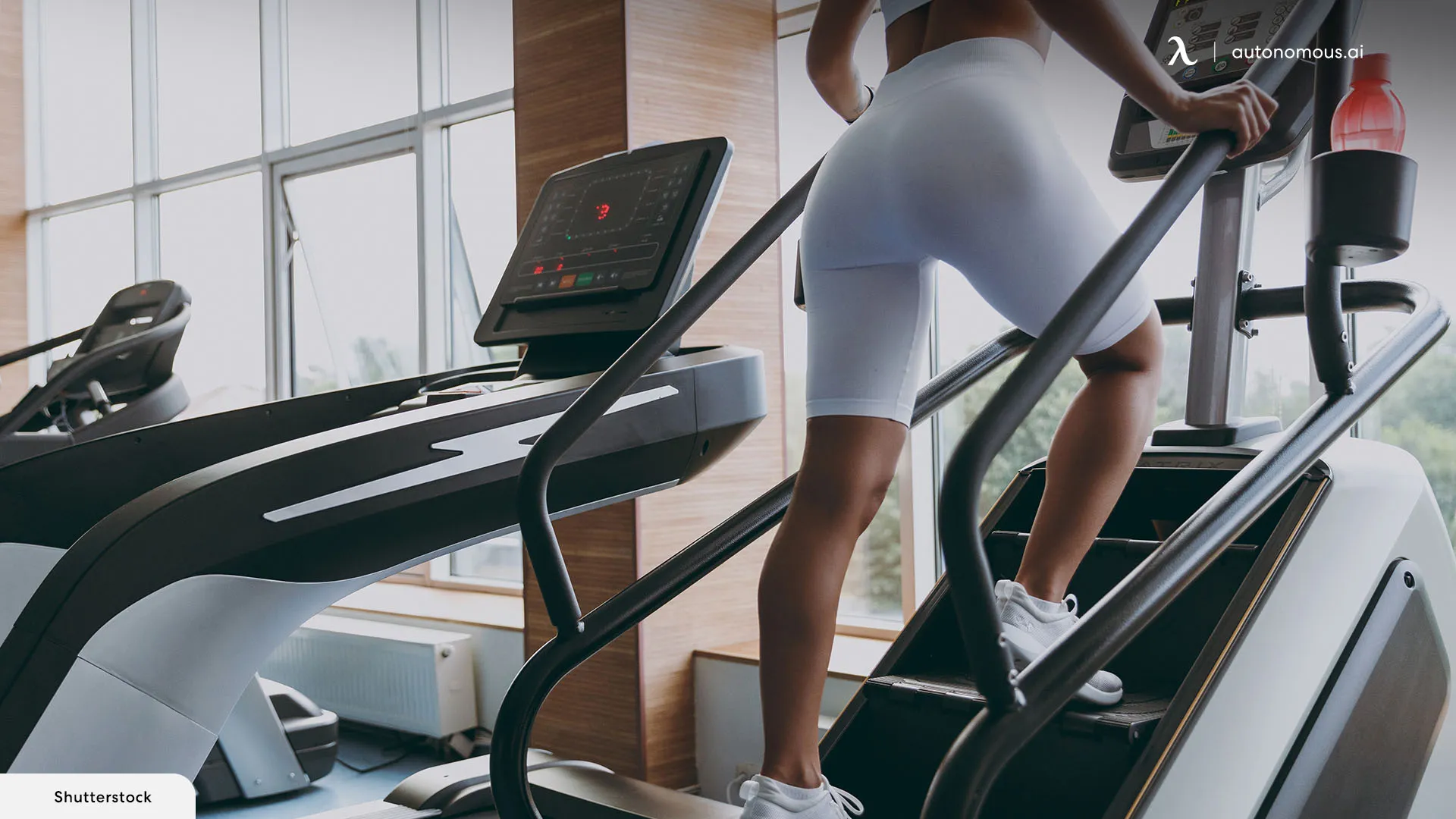
Step-By-Step Treadmill Walking Routines For Weight Loss
These routines progress from beginner to advanced so you can build endurance, increase calorie burn, and avoid plateaus.
Each plan includes frequency, duration, pace, incline, and intensity level (using RPE — Rate of Perceived Effort, 1–10 scale). For variety and to keep motivation high, you can mix in fun treadmill workouts on alternate days or during lighter training weeks
1. Beginner Plan (Weeks 1–4)
Goal: Build consistency, joint comfort, and a baseline calorie burn without overloading your body.
Day Type | Duration | Pace (mph) | Incline | RPE | Purpose |
Steady Walk | 30 min | 2.5–3.5 | 0–2% | 4–5 | Establish a regular walking habit and improve cardiovascular base |
Gentle Hills | 30–35 min | 2.5–3.5 | 2–4% | 5 | Activate more muscles and burn extra calories without speed increase |
Recovery Walk | 20–25 min | 2.0–3.0 | 0–1% | 3–4 | Light movement to promote blood flow and reduce soreness |
Why it works: At this level, calorie burn comes mainly from duration and consistent movement. Using a compact option like a mini treadmill can make it easier to fit walks into your day. You can also add a slight incline helps recruit more lower-body muscles, increasing energy expenditure.
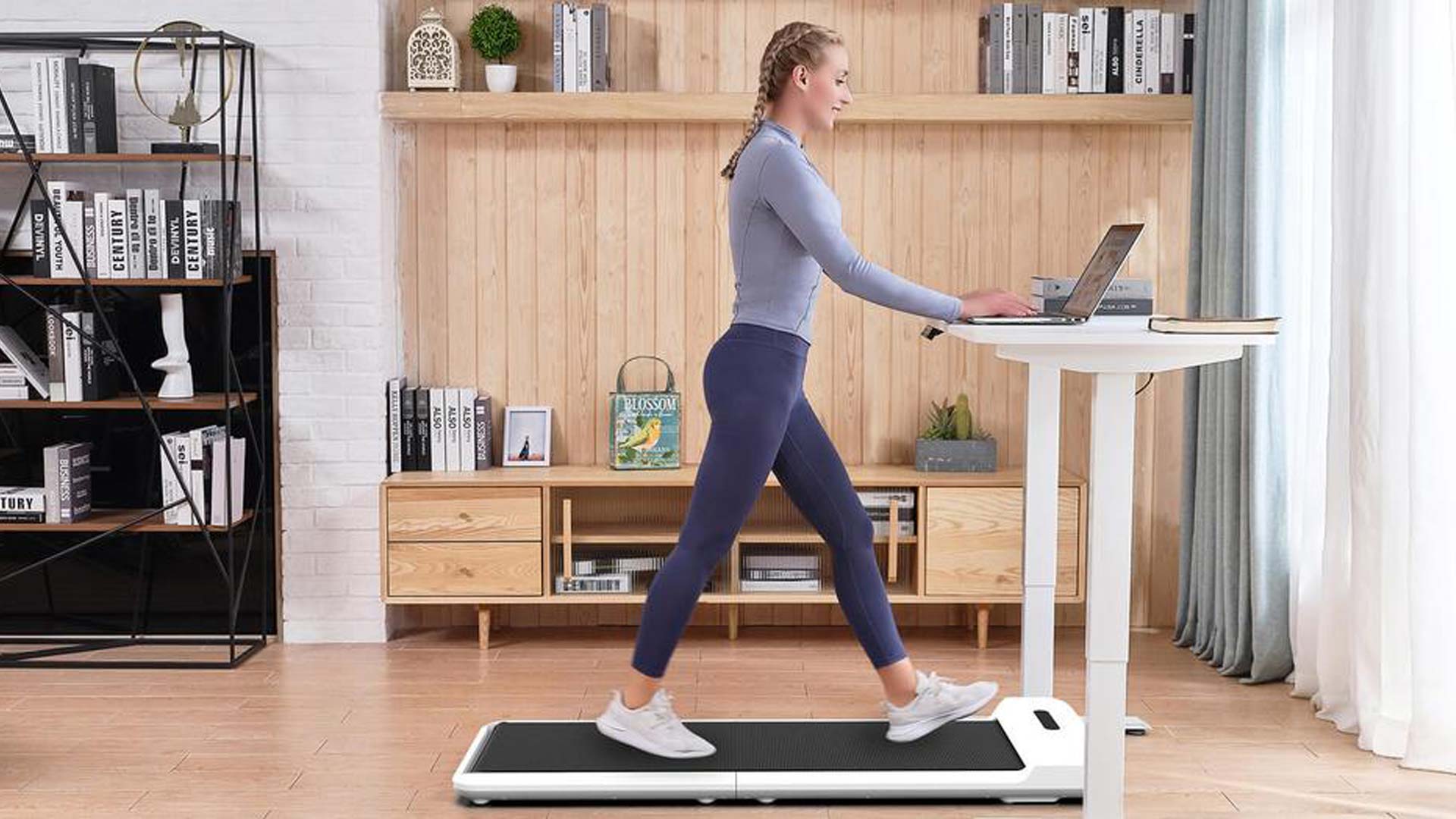
2. Intermediate Plan (Weeks 5–8)
Goal: Boost total weekly volume and use incline strategically to increase calorie burn without running.
Day Type | Duration | Pace (mph) | Incline | RPE | Purpose |
Endurance Day | 45 min | 3.0–4.0 | 1–3% | 5 | Longer time in the calorie-burning aerobic zone. |
Hill Intervals | 40 min | 3.0–3.8 | 4–6% / 1–2% recovery | 6–7 | Train the legs for sustained incline walking. |
Speed Intervals | 32–35 min | 3.5–4.2 | 1–2% | 6–7 | Improve calorie burn per minute and cardiovascular efficiency. |
Recovery Walk | 25–30 min | 2.5–3.0 | 0–1% | 3–4 | Promote recovery while maintaining the habit. |
12-3-30 Prep Session | 15–20 min | 3.0 | 6–8% | 6 | A gradual introduction to sustained incline walking, boosting calorie burn by 30–40% over flat walking. |
Why it works: Incline and intervals raise heart rate more than steady walking, increasing calorie burn per session and improving cardiovascular fitness. Using equipment like a curved treadmill can enhance this effect by engaging more muscles and encouraging a naturally faster pace.
.webp)
3. Advanced Plan (Weeks 9–12)
Goal: Maximize calorie burn and cardiorespiratory fitness while keeping impact low.
Day Type | Duration | Pace (mph) | Incline | RPE | Purpose |
Long Endurance | 60 min | 3.5–4.5 | 2–4% | 5 | Accumulate a high total calorie burn without joint stress. |
Tempo Walk | 35 min | 3.8–4.5 | 2–3% | 6 | Boost fat oxidation through steady but challenging pacing. |
High Incline Day | 40 min | 3.2–3.8 | 6–10% / 3–4% recovery | 7 | Increase muscular effort and calorie burn by up to 50% over flat walking. |
Classic Intervals | 36 min | 3.5–4.2 | 4–6% / flat recovery | 7–8 | Maximize the afterburn effect for prolonged calorie burn post-workout. |
Recovery Walk | 25 min | 2.5–3.0 | 0–1% | 3–4 | Maintain habit and movement on light days. |
12-3-30 Method | 30 min | 3.0 | 12% | 7 | Burns 280–320 calories for a 150 lb person, engages glutes and hamstrings intensely, and maintains a fat-burning heart rate. |
Why the 12-3-30 works:
- 12% incline → Increases calorie burn by up to 60% over flat walking while strengthening lower-body muscles.
- 3 mph pace → Keeps you in the aerobic zone (70–75% max heart rate), optimizing fat oxidation.
- 30 minutes → Delivers a high-calorie output without spiking cortisol levels from excessive duration.
Comparison to HIIT:
- 12-3-30 burns ~298 calories in 30 minutes and can be performed daily due to low joint impact.
- A typical 20-minute HIIT running session burns ~310 calories but usually requires 48 hours of recovery.
Pro Tip:
If you can’t complete a prescribed pace or incline at the target RPE, lower one variable (speed or incline) until you can maintain good posture and stride. Pushing too hard early on risks burnout or injury — sustainable progression is what drives results.
Learning about the average treadmill speed by age can also help you gauge whether your pace is realistic for your fitness level. Training at an intensity that matches your ability not only prevents early burnout and injury but also supports gradual, sustainable progression — the key to long-term results.
.webp)
Incline & Interval Variants to Maximize Fat Loss
Incline and interval walking are efficient ways to increase the intensity of your treadmill workouts without needing to run. Inclines recruit more lower-body muscles, raising calorie burn, while intervals keep your heart rate elevated and boost post-exercise calorie expenditure (EPOC).
Benefits of Incline:
- Every 1% incline increase = 10% more calories burned
- Improved insulin sensitivity lasting 24+ hours post-workout
- Enhanced EPOC (excess post-exercise oxygen consumption) for continued calorie burn
Incline activates more lower-body muscle fibers, while intervals elevate your heart rate and trigger the afterburn effect (EPOC), where you continue burning calories after your workout.
These workouts can be rotated into any routine to keep training effective and engaging.
Workout Name | Duration | Structure | Intensity (RPE) | Purpose & Benefits |
Rolling Hills Burner | 30–40 min | Warm up 8 min → 2 min at 5% incline, 2 min at 1% incline, repeat 6–8 times → Cool down 5 min | 6 | Alternating inclines forces your body to adapt repeatedly, boosting calorie burn and improving leg muscle endurance without requiring high speeds. |
Pyramid Incline Walk | 35 min | Warm up 8 min → 3 min at 3%, 3 min at 6%, 3 min at 9%, 3 min at 6%, 3 min at 3% → Cool down 5 min | 6 | Gradually increasing and then decreasing incline challenges the cardiovascular system and keeps the workout mentally engaging. Excellent for building strength in calves and glutes. |
Tempo Walk | 30–35 min | Warm up 10 min → 12–15 min at steady RPE 6 on 2–4% incline → Cool down 8–10 min | 6 | Maintains a challenging but sustainable effort that improves fat oxidation and aerobic capacity, making it ideal for steady calorie burn over time. |
Speed Intervals | 30–36 min | Warm up 8 min → 1 min brisk walk (RPE 7–8) at 1–3% incline, 1 min recovery at easy pace → Repeat 10–14 rounds → Cool down 8 min | 7–8 | Short bursts increase calorie burn per minute, improve cardiovascular fitness, and break up the monotony of steady walking. |
Incline Intervals | 32–40 min | Warm up 8 min → 2 min at 6–8% incline, 2 min flat recovery → Repeat 5–7 rounds → Cool down 8 min | 7 | Targets large lower-body muscles, raising calorie burn without the need for higher walking speeds. Helps tone glutes and hamstrings. |
12-3-30 Method | 30 min | Warm up 3–5 min → 12% incline, 3 mph, 30 min steady pace | 7 | Very high calorie burn due to steep incline and sustained pace. Not ideal for beginners; start with 6–8% and gradually build up to avoid strain on calves and lower back. |
These variants can be adapted for any fitness level by adjusting pace, incline, and duration.
- Beginners: Add one variant per week on a non-consecutive day to introduce variety without overwhelming your legs.
- Intermediate: Use two variants weekly — one incline-based and one speed-based — to keep workouts challenging and calorie burn high.
- Advanced: Rotate three variants weekly, ensuring a mix of muscular and cardiovascular focus.
Calorie Burn Comparison (Average 150 lb person, 30 min session)
- Flat walking at 3 mph: ~120 calories
- Walking at 6% incline, 3 mph: ~180 calories
- Walking at 12% incline, 3 mph: ~240 calories
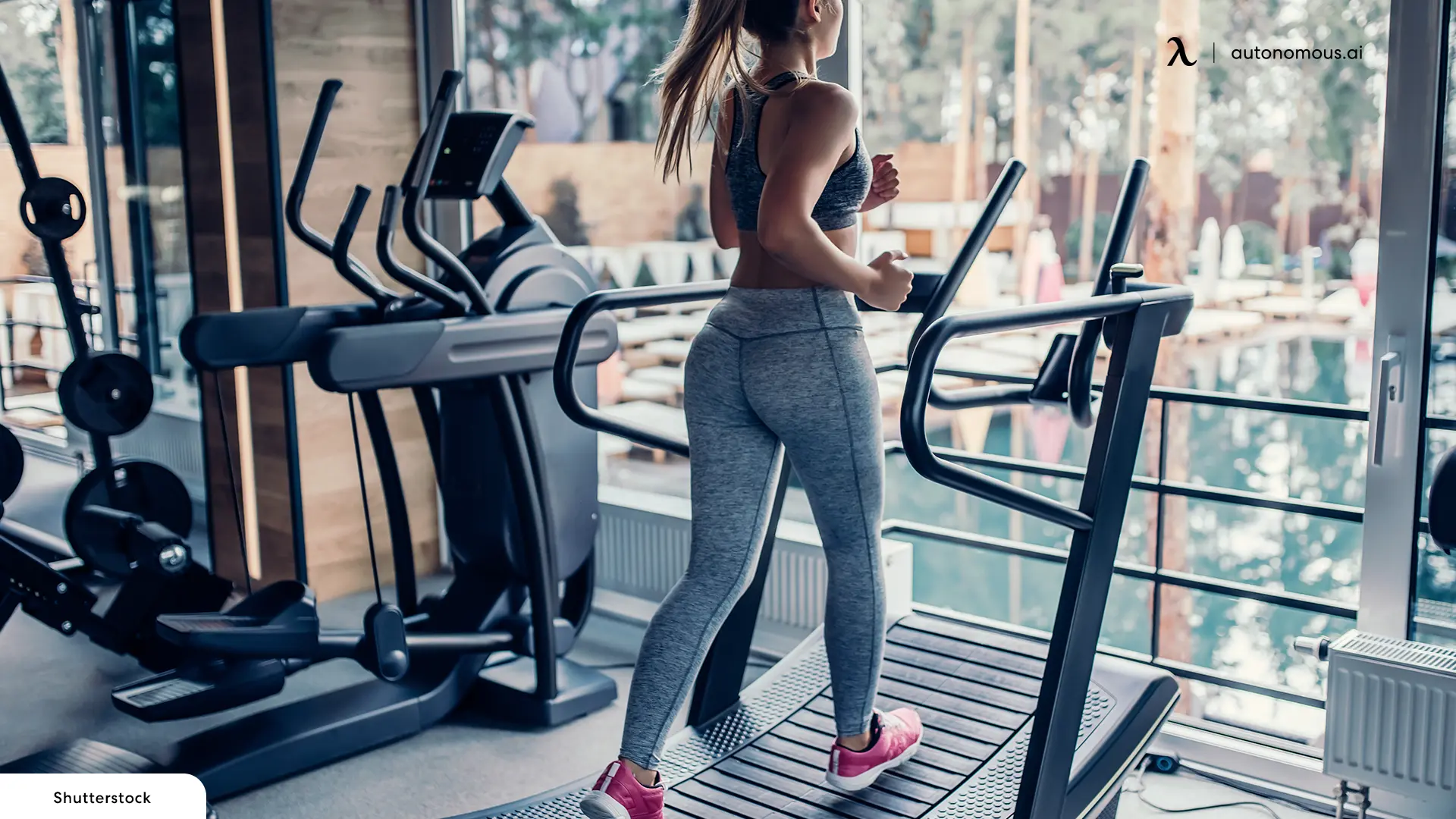
Tips To Stay Consistent
- Set a routine: Link your walk to a daily habit (e.g., after coffee or lunch break) to make it automatic.
- Prep in advance: Keep shoes, water, and entertainment ready so starting feels effortless.
- Start small: Commit to 10 minutes on low-motivation days — you’ll often go longer once moving.
- Track progress: Monitor time, speed, and incline to see improvements and stay motivated.
- Maintain form: Keep chest tall, shoulders relaxed, and arms swinging naturally; avoid leaning on handrails.
- Pair with balanced eating: Support calorie burn with mindful nutrition for better results.
FAQs
1. How long should you walk on a treadmill to lose weight?
Aim for 30–60 minutes per session, 4–6 days a week. Beginners can start with 20 minutes and build up, focusing on maintaining a brisk, steady pace.
2. Is walking on a treadmill good for belly fat loss?
Yes. While you can’t spot-reduce fat, treadmill walking helps create a calorie deficit, which reduces overall body fat — including belly fat — over time.
3. What is the 5 4 3 2 1 method on a treadmill?
It’s an interval workout where you walk or jog for 5 minutes at a moderate pace, then 4 minutes faster, 3 minutes faster still, 2 minutes near max, and 1 minute all-out, often repeated for multiple rounds.
4. What is a good speed to walk on a treadmill to lose weight?
A brisk pace of 3.0–4.0 mph works well for most people. The goal is to reach an intensity where talking is possible but slightly challenging.
5. Does walking on the treadmill burn fat?
Yes. Walking at a moderate pace uses fat as a primary energy source, especially when sustained for 30+ minutes
6. Can you lose weight walking on a treadmill?
Absolutely. Consistent treadmill walking, combined with a calorie-controlled diet, can help you lose weight and improve cardiovascular health.
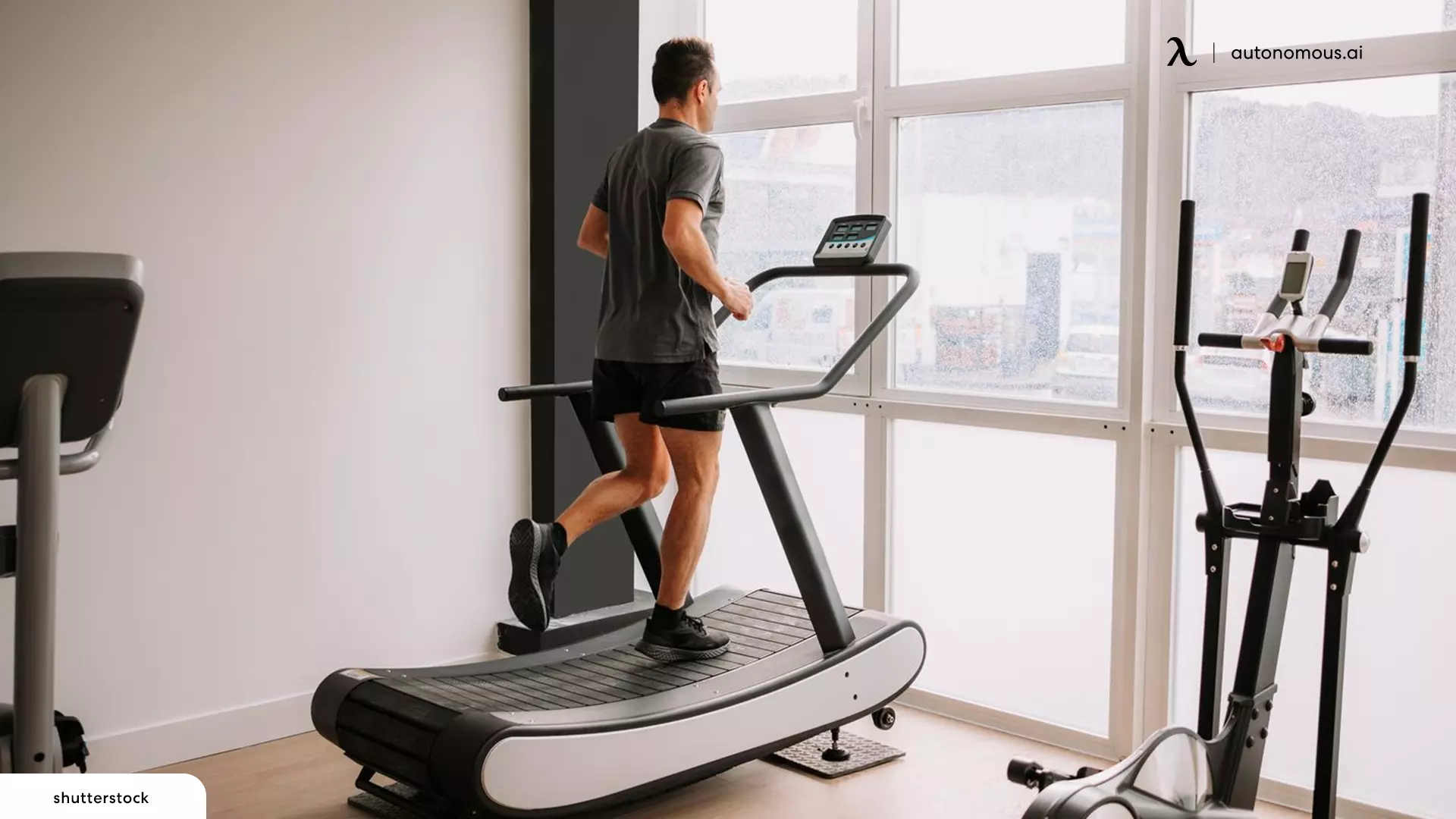
7. What is a good incline to walk on a treadmill to lose weight?
An incline of 2–6% is ideal for most people aiming for steady calorie burn without excessive strain. This range activates your glutes, hamstrings, and calves more than flat walking, increasing energy expenditure by 20–50%.
If you’re more advanced, occasionally walking at 8–12% can accelerate calorie burn, but it should be introduced gradually to avoid overuse injuries.
8. Will walking on the treadmill every day help me lose weight?
Yes, as long as you maintain a calorie deficit for losing weight. Daily walking helps build consistency, improve cardiovascular health, and keep your metabolism active.
To prevent overuse strain, vary your workouts by mixing flat, incline, and interval days, and include at least one lighter recovery session each week.
9. How can I maximize my calorie burn while walking on a treadmill?
Add incline, use interval training, increase walking speed, and maintain proper posture to engage more muscles.
10. How to lose weight on a treadmill in 2 weeks?
Increase workout frequency to 5–6 days per week, use a mix of incline and interval sessions, and pair workouts with a healthy diet to see early results.
Pair your workouts with a healthy diet and track both your active calories vs total calories to ensure you’re maintaining a calorie deficit. This combination can help you see early, noticeable results.
11. What is the best time to walk on a treadmill to lose weight?
The best time is when you can be consistent. Some prefer mornings for an energy boost, while others choose evenings to relieve stress — both work equally well for fat loss.
Conclusion
Treadmill walking for weight loss is effective because it combines accessibility, low impact, and measurable progression. Whether you’re starting with gentle flat walks or challenging yourself with advanced incline and interval sessions, the key is consistency.
Choosing between an electric vs. manual treadmill can also influence your training style, and paying attention to your posture during non-workout hours — for instance, using a supportive office chair — can help prevent strain and support recovery.
Gradually increasing speed, incline, and workout variety ensures steady calorie burn and ongoing results. Paired with balanced nutrition and proper recovery, treadmill walking can help you lose weight, improve cardiovascular fitness, and build muscular endurance — all while being sustainable long term.
Your best results come not from the hardest single workout, but from the routine you can maintain week after week.

.svg)
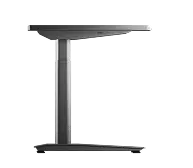


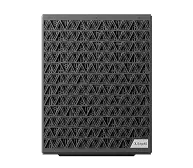


.webp)



